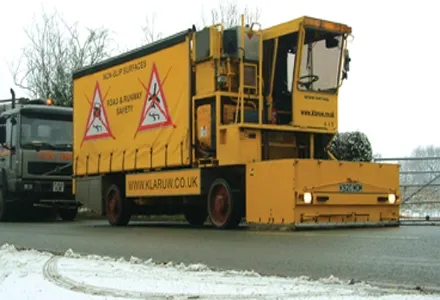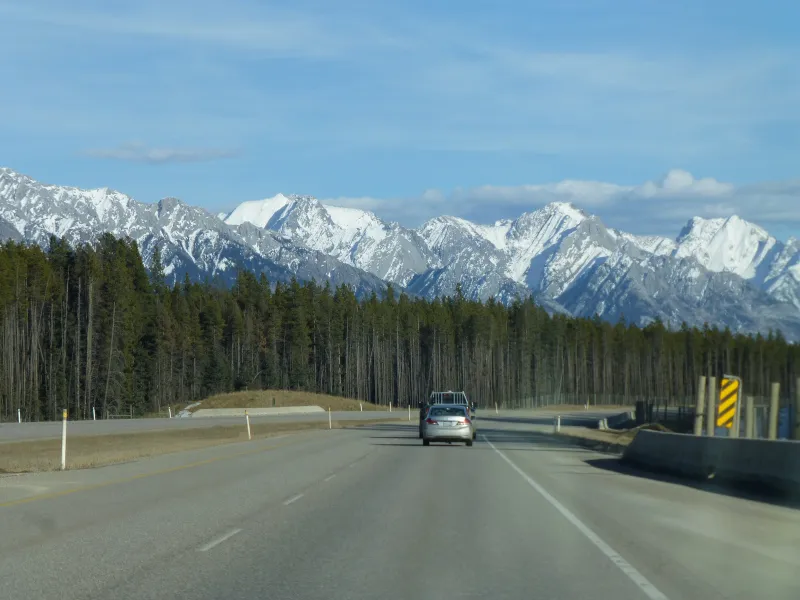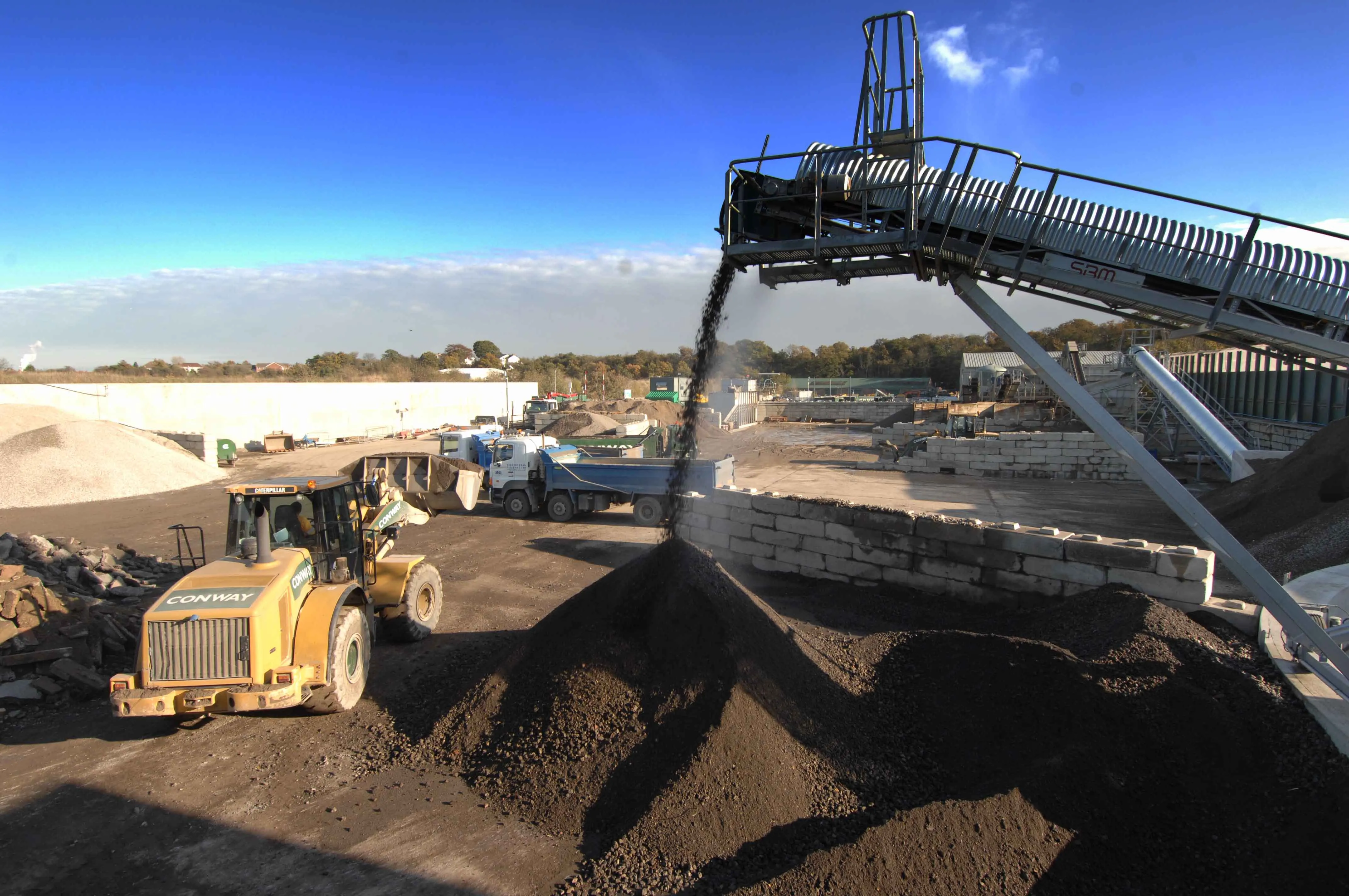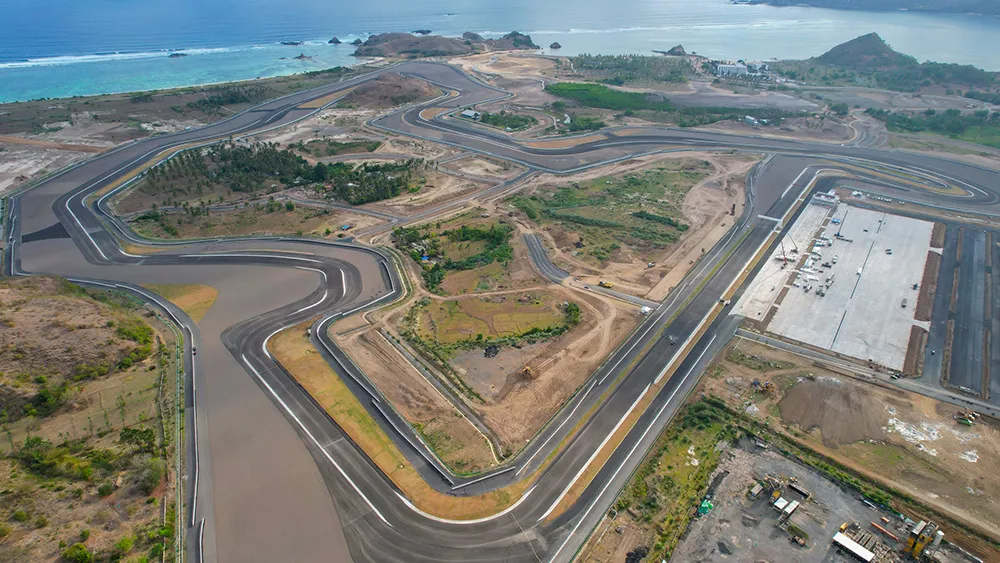Following a programme of road surface retexturing at five sites to improve skid-resistance, Aberdeenshire Council in Scotland has seen a 100% reduction in crashes and loss of control incidents in the eight months since treatment.
February 21, 2012
Read time: 2 mins

Following a programme of road surface retexturing at five sites to improve skid-resistance, Aberdeenshire Council in Scotland has seen a 100% reduction in crashes and loss of control incidents in the eight months since treatment.
Retexturing specialist2311 Klaruw carried out the work, totalling around 18,000m², using its KlaruwTex190 (K190) all-weather, controlled bush hammering machine. Work was carried out on the B977 road (Kintore to Dunecht) at Leylodge; at two sites in Cottown on the B994 (Kintore to Kemnay), and at Swailend and Oldmeldrum on the A947 (Aberdeen to Banff).
According to Klaruw, by eliminating crash incidents and their ensuing costs, the treatment has also yielded a 2,500% economic rate of return (ERR), said to compare favourably to some minor road improvement schemes where ERRs in the region of 100% are not uncommon.
Prior to treatment, a total of 34 accidents (including damage-only) had been recorded across the five sites in 2009, representing a cost of some £3 million (e3.37 million) based on the Department of Transport's estimates of the value assigned to the cost of road casualties and accidents.
The K190 process creates small cuts in exposed, polished aggregate using 336 independent computer-controlled treatment tips. This regenerates surface texture to improve wet weather skid-resistance, restoring surface friction measurements to above investigatory levels.
Historically in the north-east of Scotland, road aggregate has some of the highest PSV as the stone chips used are predominately from good granite quarries. This makes retexturing a particularly good option when polishing of the stone eventually occurs at sites subject to high braking stresses.
Mel Edwards, principal engineer for the Road Safety Engineering Unit, Infrastructure Services, at Aberdeenshire Council, said: "We analysed records for the first eight months to October 2010 which showed there had been no accidents. Clearly, the works have made a significant difference and it will encourage us to use this method for similar sites in the future."
Retexturing specialist
According to Klaruw, by eliminating crash incidents and their ensuing costs, the treatment has also yielded a 2,500% economic rate of return (ERR), said to compare favourably to some minor road improvement schemes where ERRs in the region of 100% are not uncommon.
Prior to treatment, a total of 34 accidents (including damage-only) had been recorded across the five sites in 2009, representing a cost of some £3 million (e3.37 million) based on the Department of Transport's estimates of the value assigned to the cost of road casualties and accidents.
The K190 process creates small cuts in exposed, polished aggregate using 336 independent computer-controlled treatment tips. This regenerates surface texture to improve wet weather skid-resistance, restoring surface friction measurements to above investigatory levels.
Historically in the north-east of Scotland, road aggregate has some of the highest PSV as the stone chips used are predominately from good granite quarries. This makes retexturing a particularly good option when polishing of the stone eventually occurs at sites subject to high braking stresses.
Mel Edwards, principal engineer for the Road Safety Engineering Unit, Infrastructure Services, at Aberdeenshire Council, said: "We analysed records for the first eight months to October 2010 which showed there had been no accidents. Clearly, the works have made a significant difference and it will encourage us to use this method for similar sites in the future."









